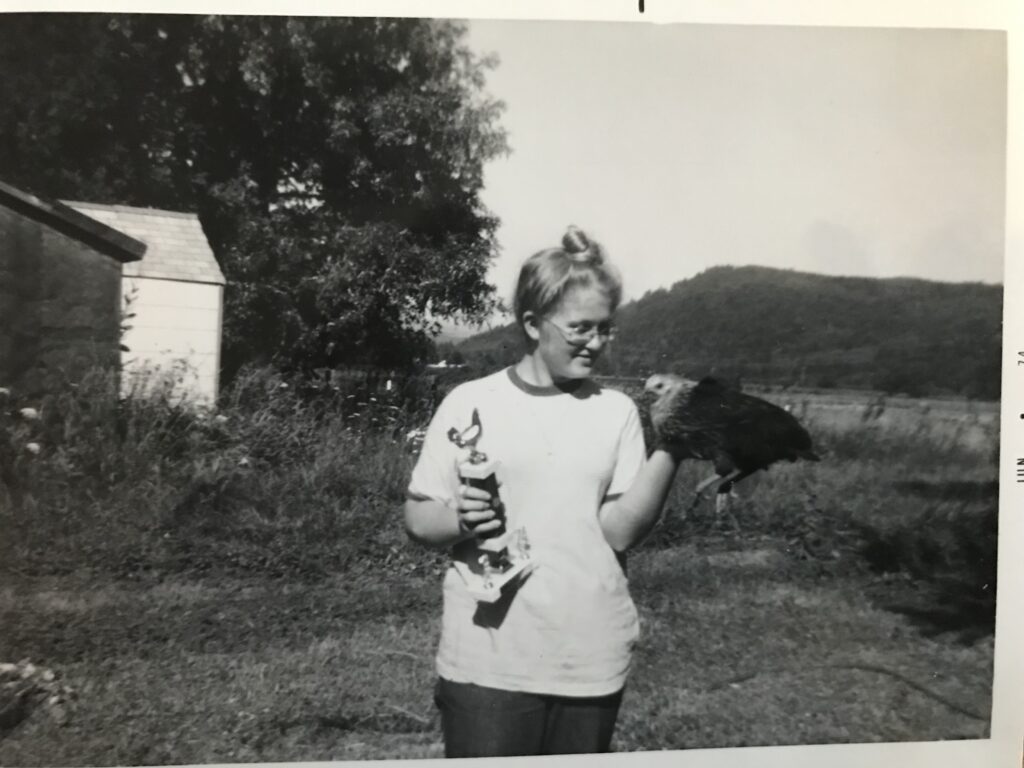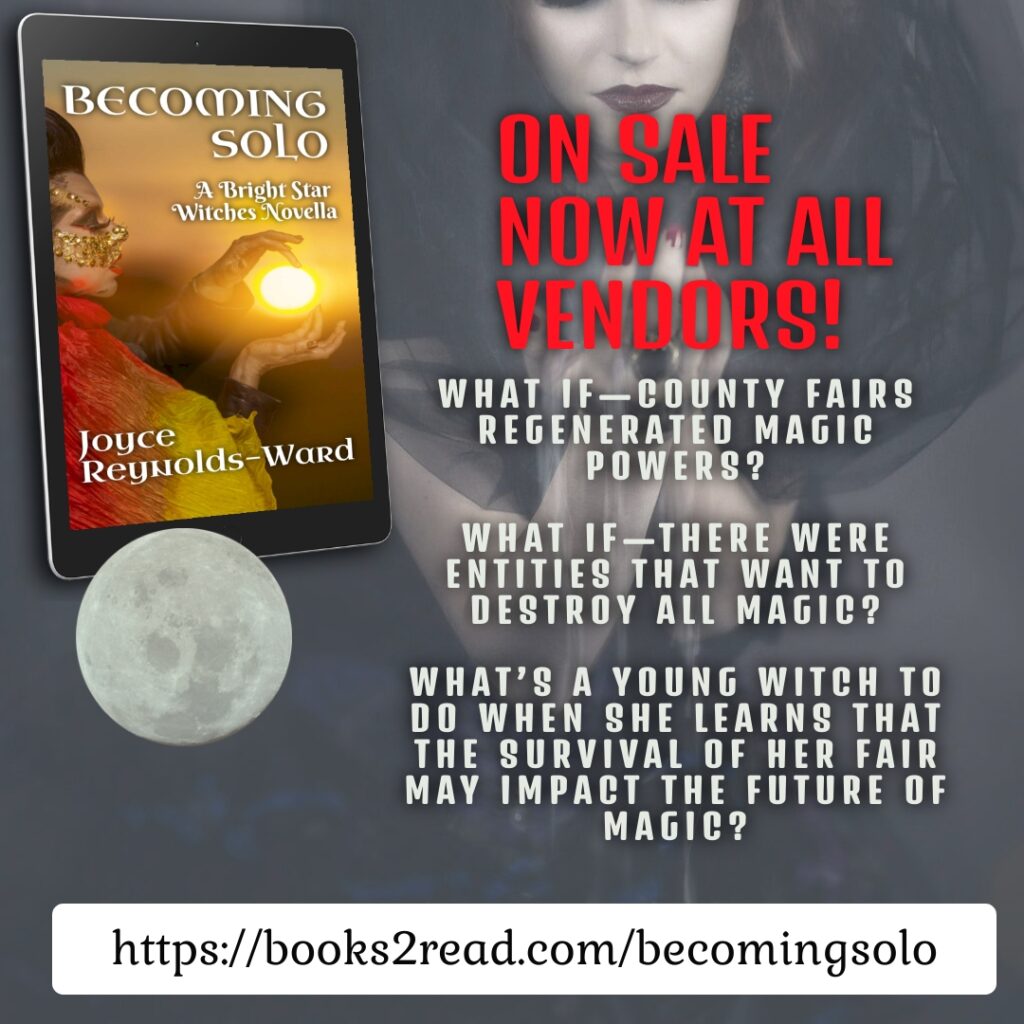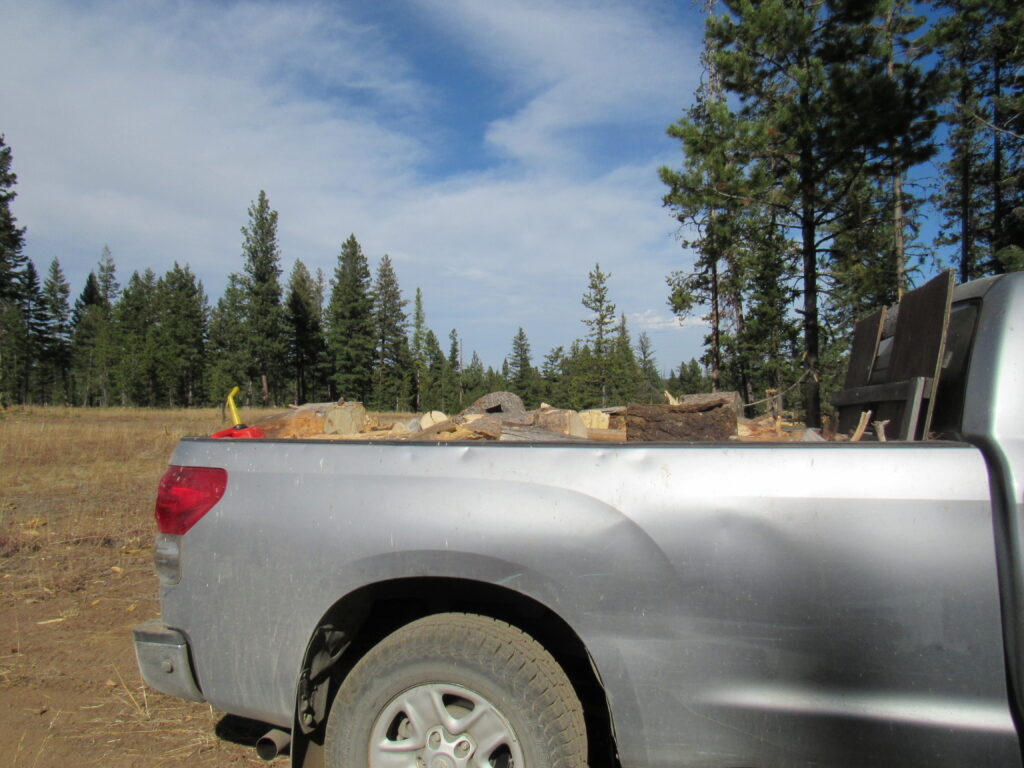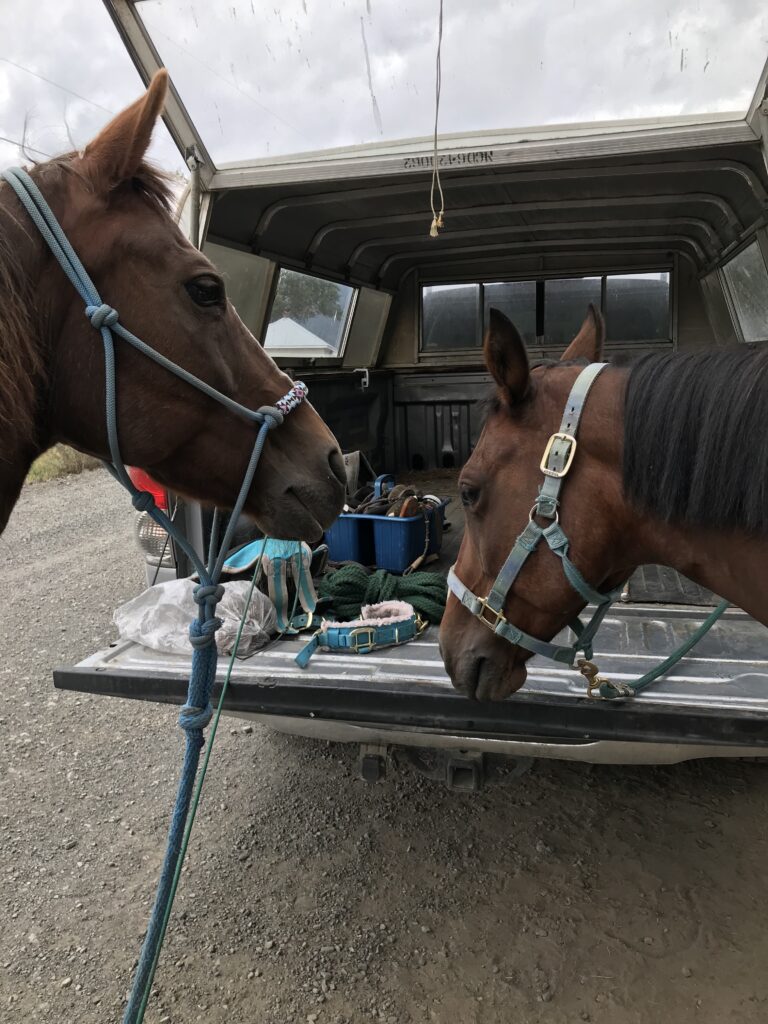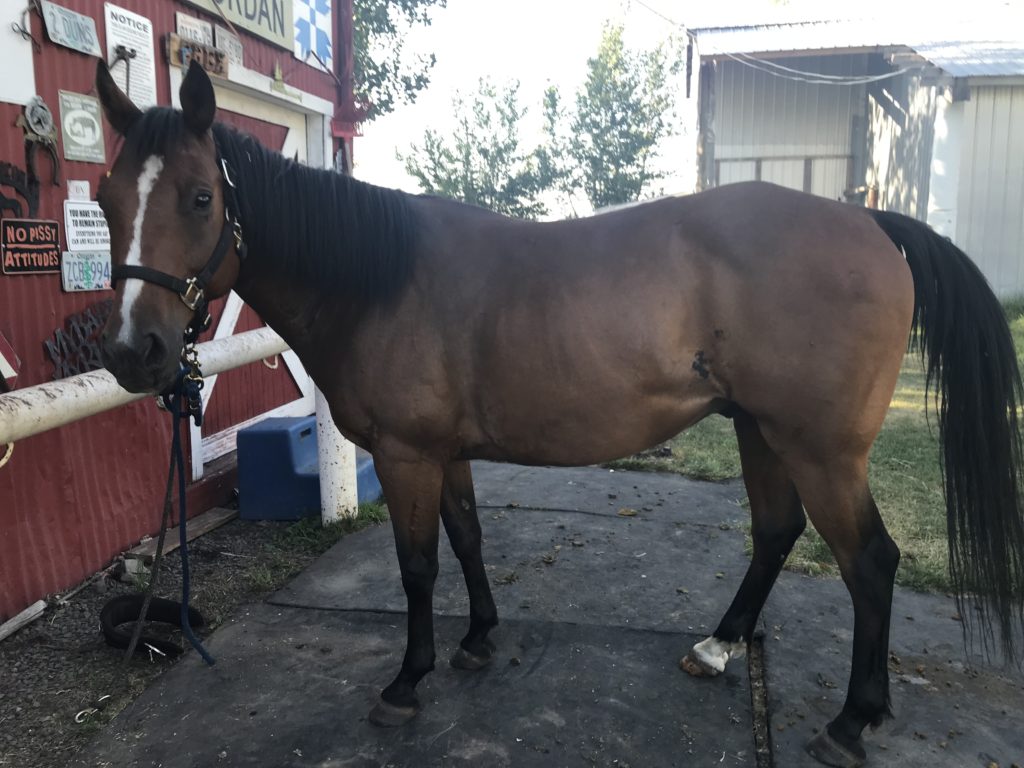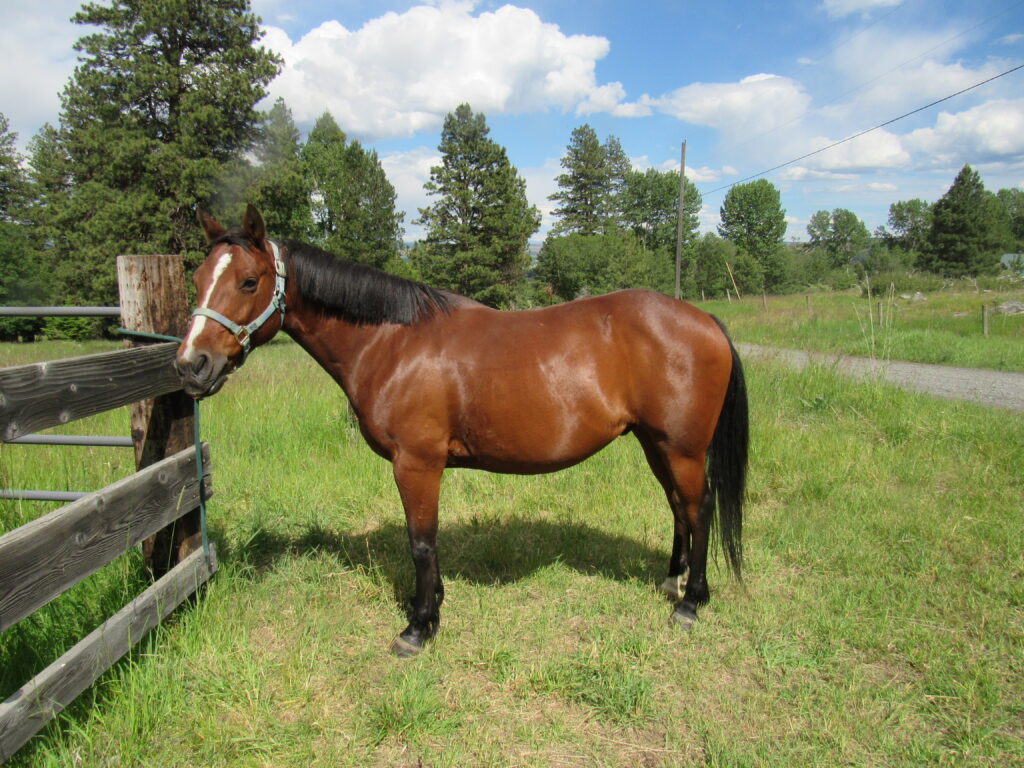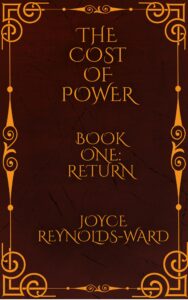The last month has been…complicated. Between getting the last of the firewood cut and a bunch of other stuff, I’ve felt like I’ve been running, running, running.
And then there’s been this past week. Not going to say anything more than that, other than I have a few theories of my own about what happened but no one wants to hear them. Besides, I’m tired of thinking about them. Let’s just say I have moments where The Fear strikes hard, and then I push them away. I’ve been here before, and, well, we’ll see what happens. Could be better than I feared; could be worse. At least we aren’t gonna have The Gizmo zipping around causing problems, even though otherwise it looks like we’re on track for a Netwalk Sequence future which…is not exactly a good thing. Then again, the Martiniere Multiverse wouldn’t be that much better, so….
Or…I could be wrong about that. We shall see.
I find myself saying those three words a lot right now.
We cut our last load of firewood in a couple of inches of snow. The storm brought down a big dead white fir that we wouldn’t have tried to cut down anyway. That tree plus a couple of much smaller ones next to it filled the truck, so we ended the season well. Oh, we could go out for one more load but that would mean driving further for lower elevation cutting since the place where we cut now has up to six inches of snow or so. This one was easy-peasy since it came down right next to the road so us old folks could cut it up easily.
The horses are now in winter pasture. Of course, they both developed scratches on their corneas before they left summer pasture that required a trip to the vet, then twice-daily treatments. I’ll be writing about that more in another blog that’s just about them.
Fall is definitely here. This year the tamaracks on the mountains are big enough to really make them golden. I’m enjoying the view, coupled with the gold of the cottonwoods and aspens. We’re having a couple of rainy/snowy days a week so far, enough that prescribed burning has kicked into gear before it gets too wet in the mountains. I have to be careful coming back from the horses because it’s just wet enough for the boots to get muddy. Husband dug up the front yard carrots and, to our pleasant surprise, we had a nice crop. Not a huge one, just like the onions weren’t a huge crop, but enough to enjoy for the fall.
I’ve been poking slowly at the first book of Goddess’s Vision, Vision of Alliance (more about that in another blog). It’s coming along slowly, but part of that is by design because I have a lot of things on my plate before the end of the year, business (non-writing) stuff that has been in the works for a while. Plus the cataract surgery. While this cataract is developing slower than the first one, it’s enough now that protracted reading, especially on my tablet, becomes an issue. I can do work on the big computer, some work on the laptop, but the eye fatigue is a very real issue. Well, that gets handled in December.
I’m not going to work on quilting until the cataract is fixed. There are several things with the status of “wait until the cataract is fixed.” Then I think I may start putting in some more effort toward getting creative things done that way.
Changes are ahead. I’m done with the Martinieres, and right now I’m still dealing with some issues with Vision of Alliance. The Alice Clarissa story has been rejected from two markets and I’m somewhat doubtful about its overall appeal, along with the dragon stories. Every time I think about dealing with short story marketing right now, I flinch. Maybe I’m better off just slapping them together as short story originals and putting them up to sell on their own. I don’t know. There’s also another short story that I may do the same thing with. Gotta consider it. Might end up being my focus for Christmas sales–or not.
Overall, I’m just kinda down and discouraged. The Cost of Power: Return has received a couple of good reviews, but nothing’s happening with sales. I have the omnibus edition ready to go, but…will it even be worth the effort to put it up for sale?
Eh. This is a gloomy blog. But I suspect it reflects the situation right now.
Anyway. That’s it for now.
Shameless self promo time! You can subscribe to my monthly newsletter here. As always, the Cookies Fund for the horses could use a coin or two. Contribute here.
And…The Cost of Power: Omnibus Edition, is now available! That’s all three books of The Cost of Power plus related outtakes and snippets. A real deal at $7.99. You can get it here. Or if you’re nervous about the series, the first book, Return, is on sale throughout November for $2.99. You can get it at the ebook retailer of your choice, here.


